Rajasthan, the land of kings, is renowned for its magnificent palaces, vibrant culture, and, most notably, its majestic forts. While many tourists flock to the well-known forts like Amer in Jaipur, Mehrangarh in Jodhpur, and Jaisalmer Fort, there are several lesser-known forts that hold equally fascinating histories and stunning architecture. These hidden gems offer a peek into the region’s rich heritage, away from the usual tourist trails. Let’s embark on a journey to explore some of Rajasthan’s hidden forts.
- Khejarla Fort – A Desert Oasis
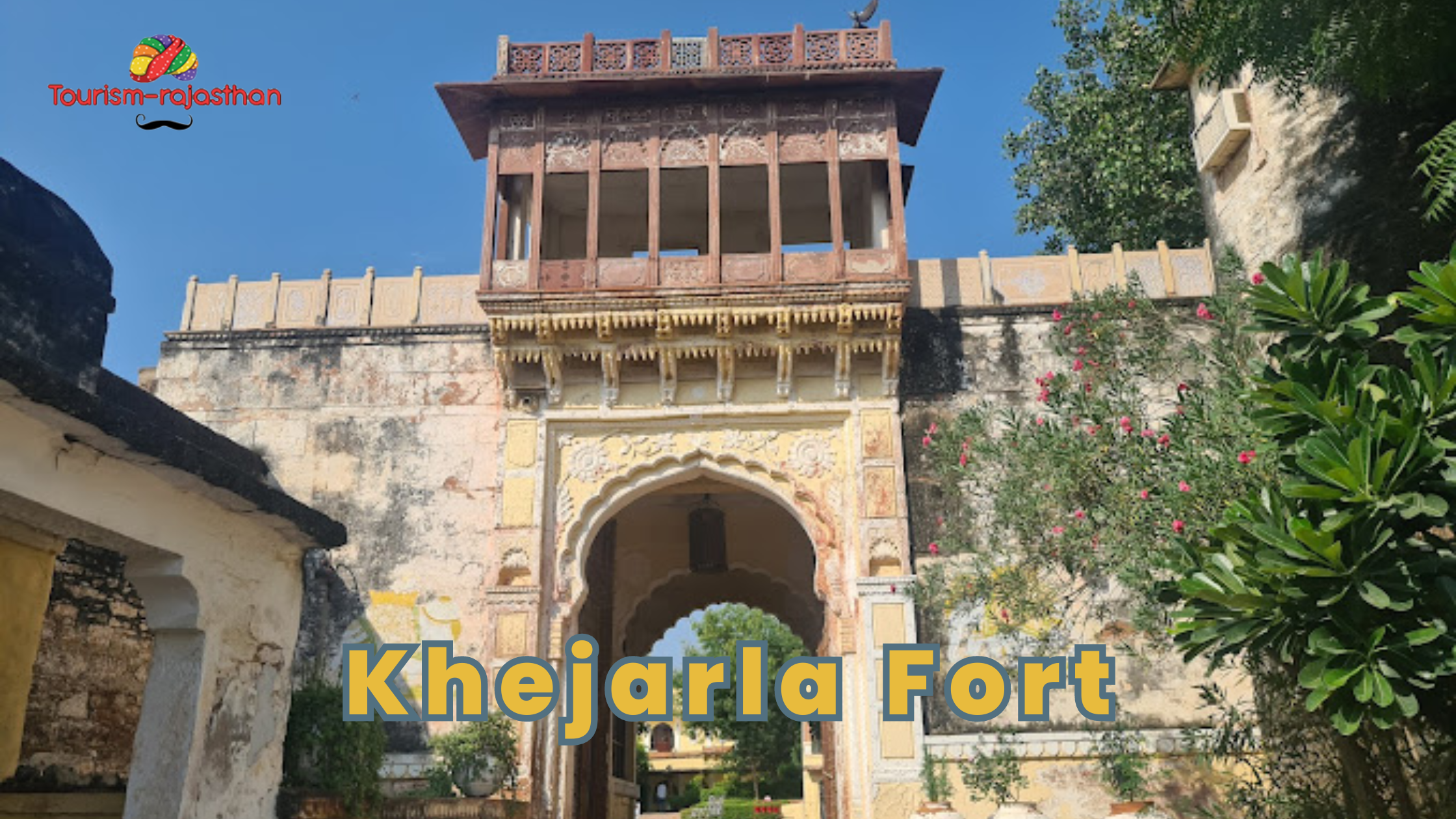

Location: Near Jodhpur
Nestled in the heart of the Thar Desert, Khejarla Fort is a stunning example of Rajput architecture. Built in the 17th century, this red sandstone fort stands tall with its imposing structure and intricate carvings. The fort has been converted into a heritage hotel, offering visitors an authentic experience of royal living. The serene ambiance, combined with the fort’s historical significance, makes it a perfect getaway for those looking to escape the crowds.
Highlights:
Architecture: Marvel at the fort’s beautiful blend of Rajput and Mughal styles.
Stay: Experience royal hospitality in its luxurious rooms and suites.
Activities: Enjoy camel rides and traditional Rajasthani folk performances.
2. Bayana Fort – The Lost Jewel
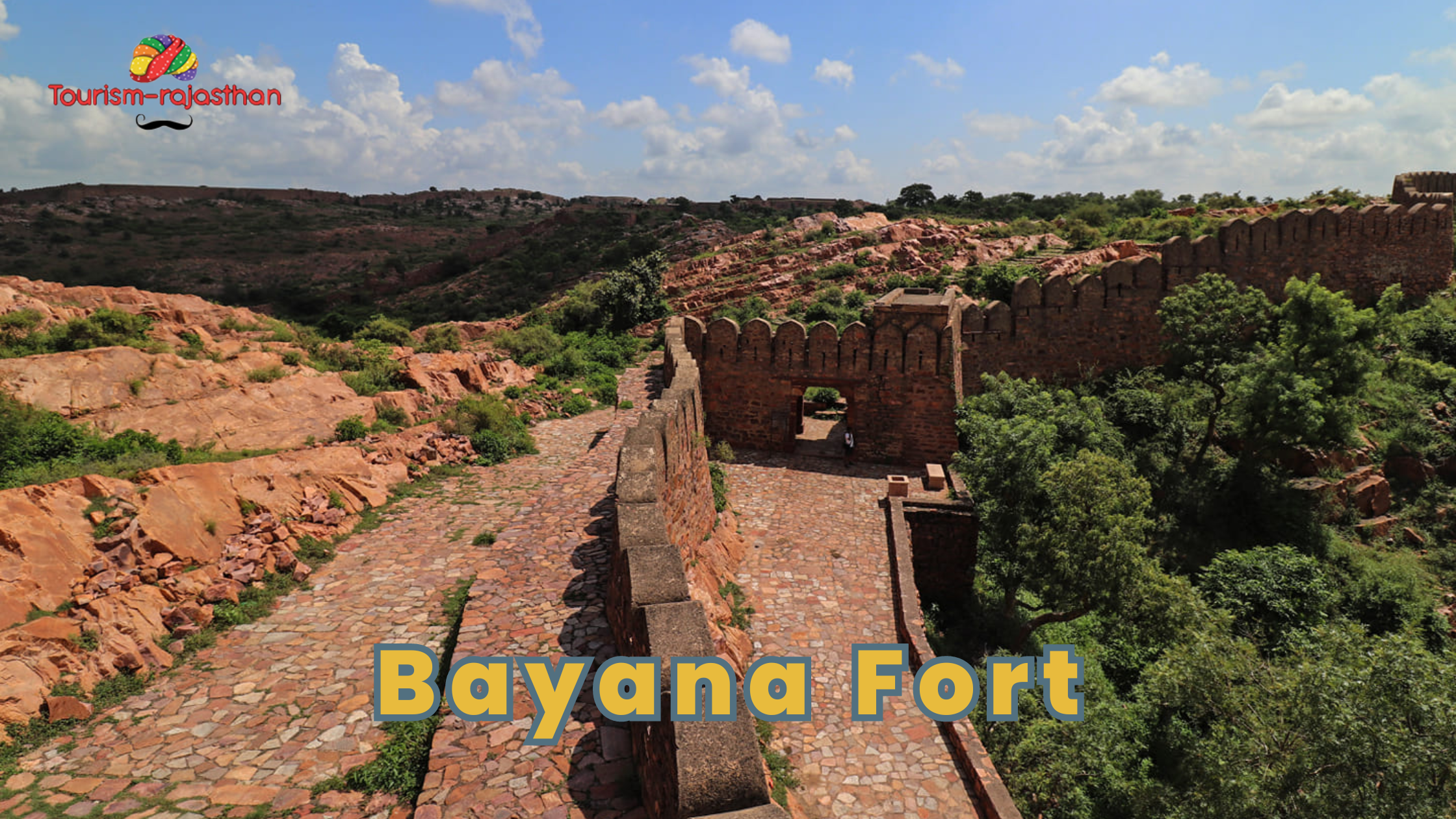

Location: Bharatpur District
Bayana Fort, built in AD 1040 by the Jadon Rajput ruler Vijaypala, is a historical gem reflecting the rich heritage of the Yaduvanshi lineage. Bayana, renowned during the Mughal period for its Nil ki Mandi, also holds significant importance for the Muslim community, with local lore suggesting it was once considered as a potential pilgrimage site due to its revered Usha Mosque. The town’s deep-rooted history is evident through landmarks like the Usha Temple in Bhinabari, tied to the mythological tale of Usha, daughter of Banasura, and Aniruddha, the great-grandson of Lord Krishna, as described in Srimad Bhagwat and the Puranas. Historical records show that Bayana, formerly known as Sripath, was governed by the Gupta dynasty under Chandragupta in 322 AD, with Pushp Gupta as its governor. By 371-72, a Yajna Pillar was erected by the warlord Kshatriya under Emperor Samudra Gupta, remnants of which still stand today, indicating the presence of a fort during that era. The region saw subsequent rule by the Gurjar Pratihara dynasty, where Queen Chitralekha constructed the Usha Temple under Emperor Mahipal’s reign. Over the centuries, Bayana was influenced by the Delhi Sultanate, the Mughal Empire, and Bharatpur. A notable historical structure is the Bhimalat or Vijay Pillar, a 26.3-foot monolithic red sandstone pillar built in 371 AD by King Vishnu Vardhan. Engraved with Malwa Samvat 428, this octagonal pillar commemorates the conclusion of the Pundarik Yajna. The rich tapestry of Bayana’s history is evident through its enduring monuments and inscriptions, making it a significant site in Rajasthan’s historical landscape.
Highlights:
- History:Explore the fort’s ancient ruins and learn about its diverse rulers.
- Scenic Views:Enjoy panoramic views of the surrounding countryside.
- Architecture:Discover the blend of Rajput and Mughal architectural styles.
- Ranthambore Fort – A Wildlife Haven
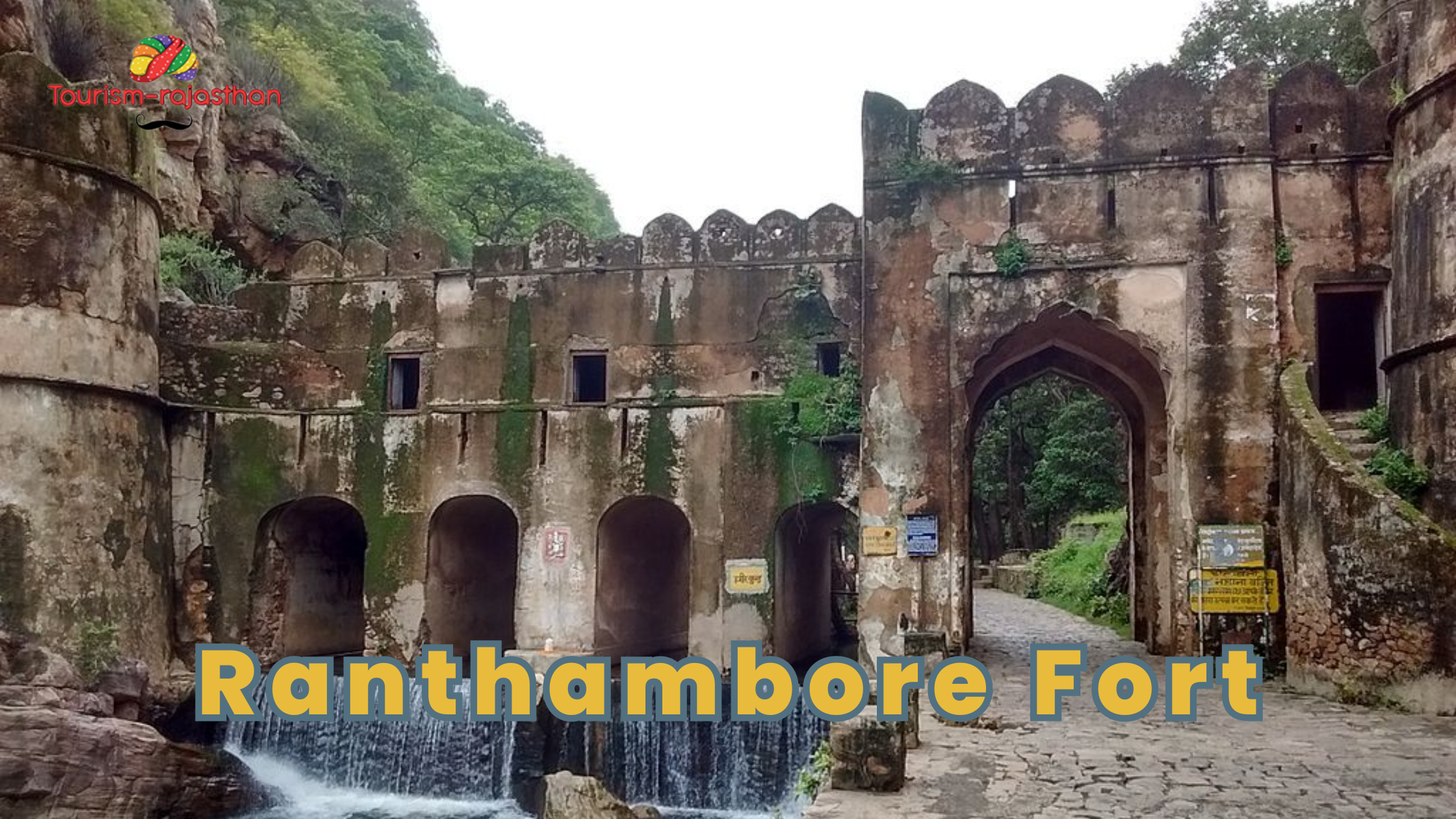

Location: Ranthambore National Park, Sawai Madhopur
Ranthambore Fort, located within Ranthambore National Park near Sawai Madhopur in Rajasthan, India, has a rich history as the former hunting grounds of the Maharajahs of Jaipur until India’s Independence. Constructed by various rulers from the Jats, Chahamana Rajputs, Hada Rajputs, and Mewar Rajput Kings, and briefly by the Delhi Sultanate, the fort stands as a testament to Rajasthan’s historical developments. Founded in 944 AD by the Nagil Jats, the fort’s strategic location 700 feet above the surrounding plain offers panoramic views of the national park. Recognized for its historical significance, Ranthambore Fort, along with five other forts in Rajasthan, was declared a UNESCO World Heritage Site in 2013 under the group Hill Forts of Rajasthan. Today, it is a popular tourist attraction, drawing visitors to its formidable structure and stunning vistas.
Highlights:
Wildlife: Combine your fort visit with a thrilling safari in Ranthambore National Park.
History: Explore the fort’s historical structures and ancient temples.
Scenic Views: Enjoy breathtaking views of the park and its diverse flora and fauna.
- Neemrana Fort – A Royal Retreat
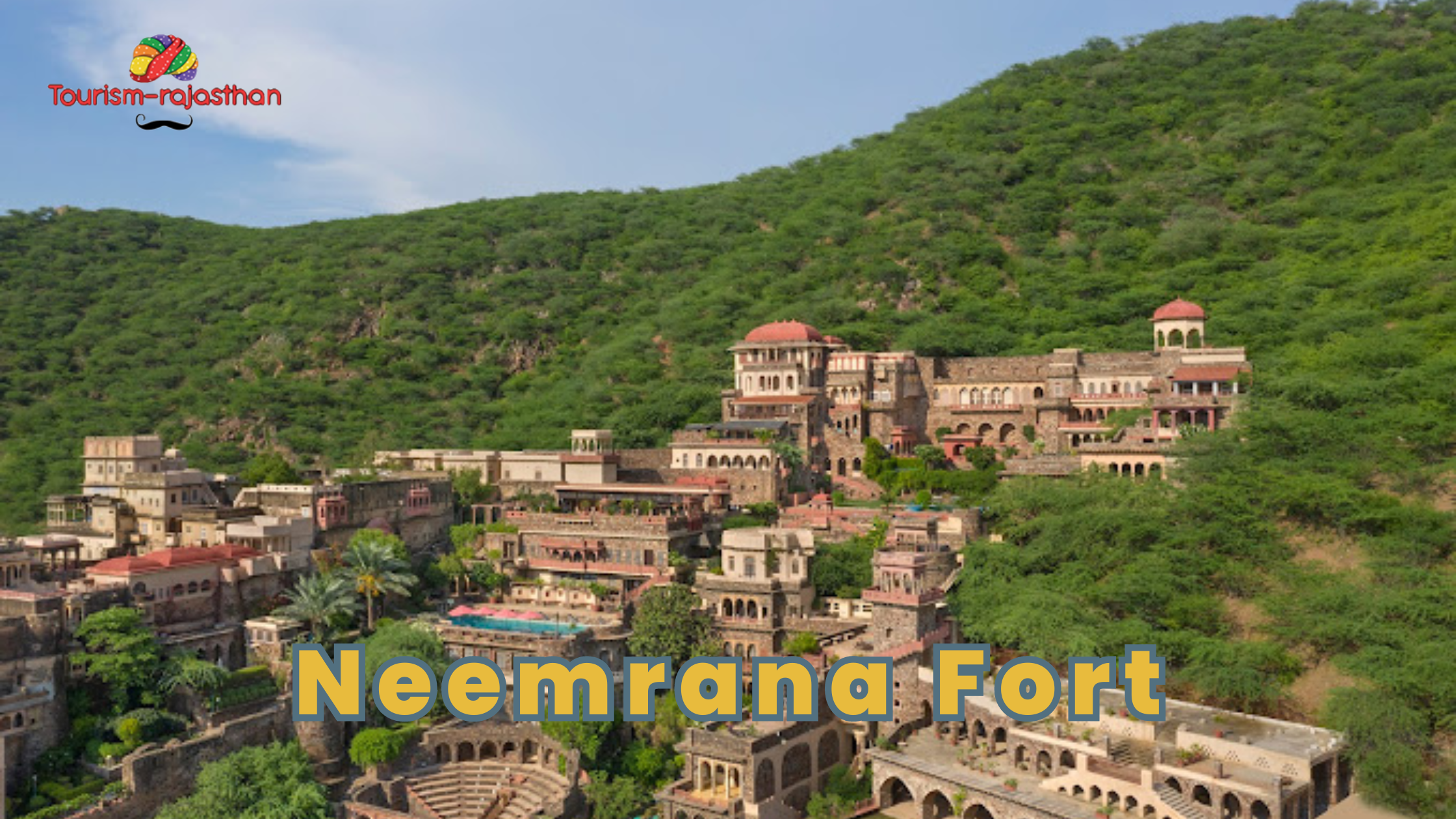

Location: Neemrana, Alwar District
Neemrana Fort, a 15th-century marvel, has been meticulously restored and transformed into a heritage hotel. The fort’s grandeur, with its tiered gardens, pools, and palatial rooms, offers a glimpse into the opulence of Rajput royalty. Its strategic location on the Delhi-Jaipur highway makes it an ideal weekend getaway. The fort’s charm lies in its blend of history and modern luxury, providing an unforgettable experience.
Highlights:
Luxury Stay: Experience royal hospitality in its well-appointed rooms and suites.
Activities: Enjoy zip-lining, spa treatments, and cultural performances.
Architecture: Admire the fort’s stunning Indo-Islamic architecture.
5. Timangarh Fort – The Enigmatic Fortress
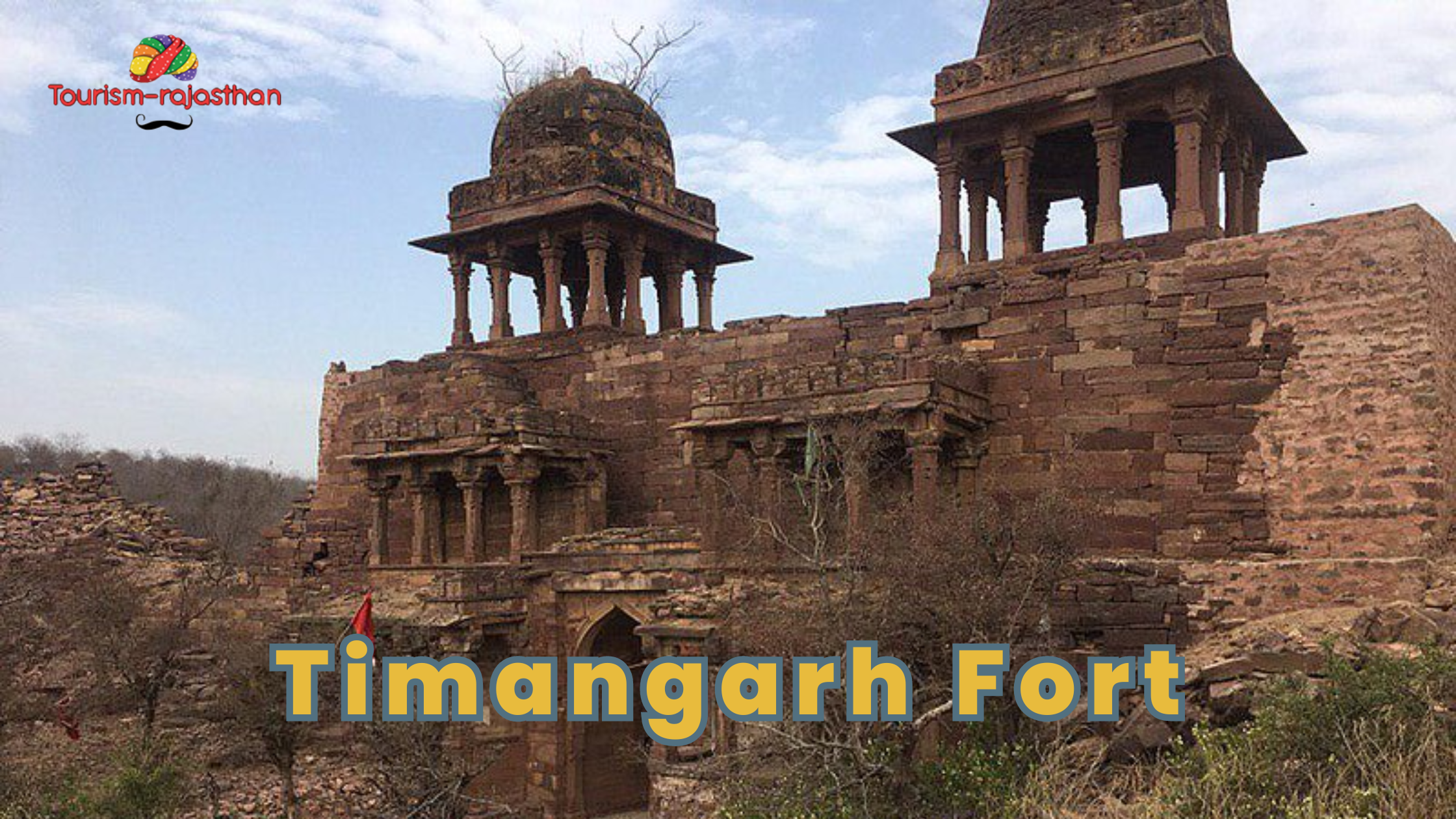

Location: Karauli District
Timangarh Fort, located near Karauli, is a hidden gem that remains largely unexplored by tourists. Believed to have been built in the 12th century, the fort has a mysterious aura, with many of its secrets still buried under centuries of history. The fort’s sprawling complex includes temples, palaces, and intricate stone carvings, showcasing the architectural prowess of its builders.
Highlights:
- Mystery:Uncover the legends and untold stories associated with the fort.
- Architecture:Admire the fort’s detailed carvings and ancient structures.
- Exploration:Wander through the fort’s vast complex and discover hidden nooks and crannies.
Taragarh Fort – The Star Fort
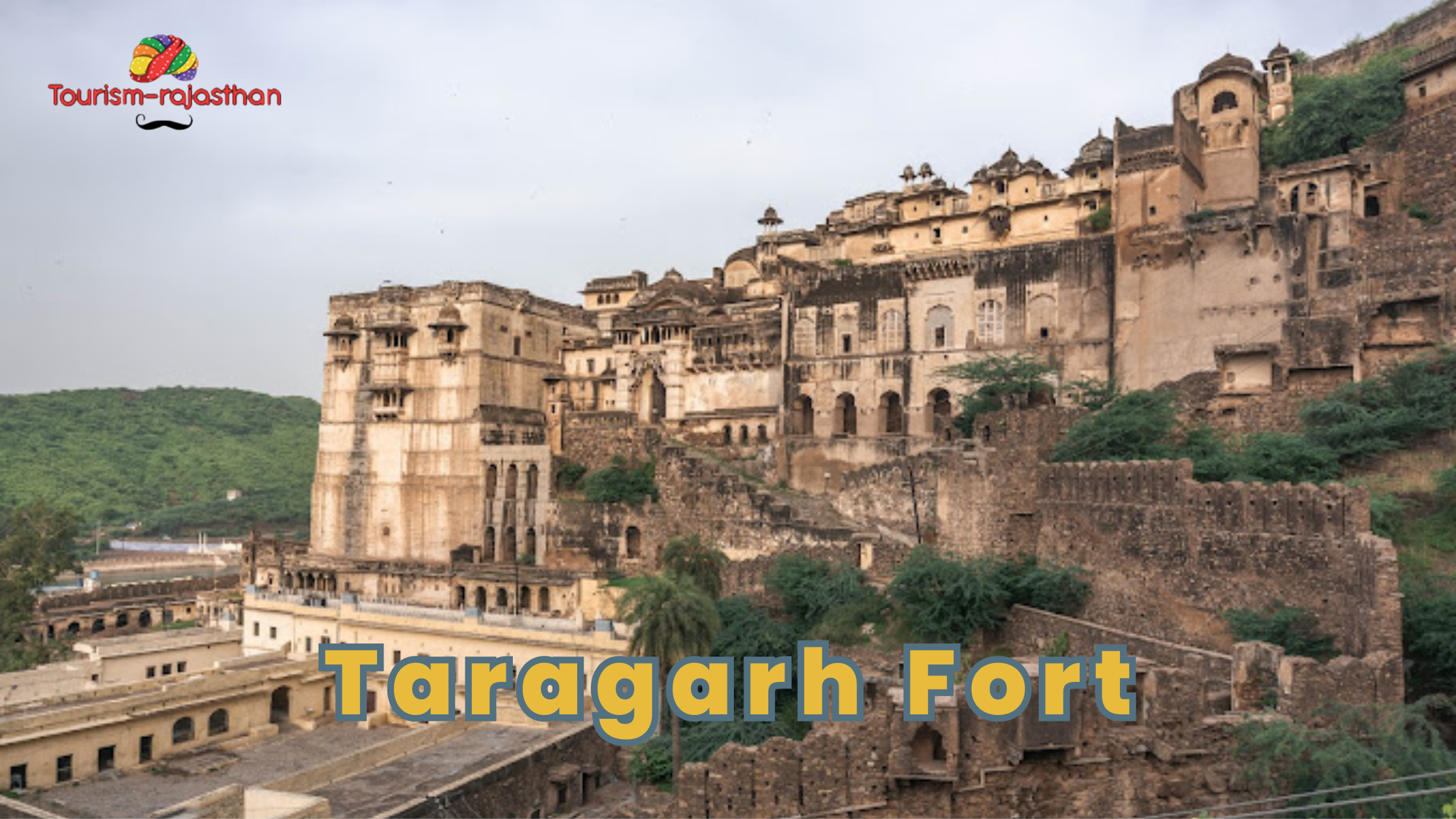

Location: Bundi
Taragarh Fort, perched on a steep hill in Bundi, Rajasthan, stands at 1,426 feet and is a prime example of Rajput architecture with some Mughal influences. Built initially by Rao Deva Hada in 1298 AD and expanded by Rao Raja Bar Singh Hada in 1354 AD, the fort served as the residence for the Hada Chauhan Rajput Maharajas. Its unique construction features tunnels for escape during battles, visible across the surrounding hills. Unlike many other Rajput palaces built from sandstone, Taragarh Fort is constructed from a locally quarried green-tinged stone, which, due to its hardness, led the rulers to adorn the walls and ceilings with intricate paintings instead of carvings. This architectural marvel, with its pavilions, kiosks with curved roofs, and temple columns adorned with elephants and flowers, remains the principal tourist attraction in Bundi, located approximately 215 kilometers from Jaipur.
Highlights:
Architecture: Admire the fort’s beautiful gates, palaces, and reservoirs.
Art: Explore the stunning murals and frescoes in the palace chambers.
Views: Enjoy sweeping views of Bundi town and the surrounding hills.
Rajasthan’s hidden forts are a treasure trove of history, architecture, and adventure. Each fort, with its unique story and charm, offers a glimpse into the region’s regal past. Exploring these lesser-known gems allows you to experience the magic of Rajasthan away from the bustling tourist spots, making your journey all the more memorable. So pack your bags, and get ready to uncover the secrets of Rajasthan’s hidden forts!



